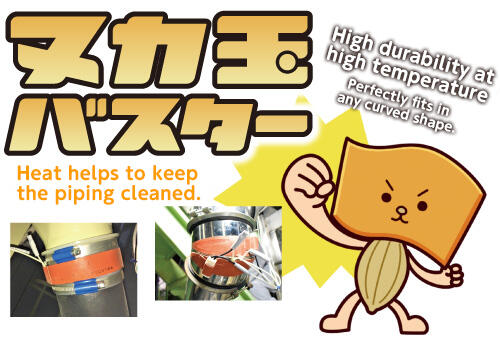In the previous article, we introduced contact heating, in which silicone rubber heaters and mantle heaters are brought into close contact with the container. This time, we will take up bottom heating, which is heating from the bottom of the container with a bottom heater.
Bottom heating and bottom heater
Bottom heating is a heating method in which the container is placed on a heater stand and the contents are heated from the bottom. The advantage is that there is no need to attach the heater to the container, unlike contact heating. In addition, there is no need to custom order a dedicated heater that matches the shape of the container. You can easily heat it by simply placing the container containing the food you want to warm on the stand.
A bottom heater (Hot plate) is representative equipment for heating the bottom surface. Industrial bottom heaters are designed to be easy to use for commercial purposes, such as being able to heat many containers at once.
Bottom heater is one of our main products
Bottom heaters are in demand in many areas of business. We are also focusing on bottom heaters, and we sell a product called "GOEMON-150". GOEMON-150 is available in two types: a normal type with a raised projection on the base on which the container is placed, and a flat type with a flat base as a made-to-order product.

The features of GOEMON-150 are as follows.
●It is possible to heat 4 cans of 18 L cans and pail cans at once.
●It can be easily heated just by placing it.
●Consumes less power than large electric furnaces.
The structure is the same as cooking heaters and electric stoves. Heaters are placed around the back of the table so that it can be heated evenly. The photo below is the back side of the flat type.

For more information about GOEMON-150, please visit the product introduction page.
The bottom heater plays an active part in these sites
What kind of sites are bottom heaters used for? Let us introduce you some examples based on our GOEMON implementation results.
Heating of rust preventives used for surface treatment of metal parts
At the site where metal parts are processed, there is a task of applying antirust coating to the surface of the parts. However, there are the following problems when dealing with rust inhibitors.
●At room temperature, the rust inhibitor is uneven, and the quality cannot be maintained evenly without stirring.
●Rust inhibitors are highly viscous and difficult to handle at room temperature. Stirring at room temperature imposes a heavy labor burden on the operator.
●Therefore, it is necessary to heat to soften the viscosity.
●Since a large amount of rust inhibitors are used, it is inefficient unless many cans are heated at once.
To solve these problems, we introduced the normal type GOEMON-150.
The normal type GOEMON-150 has a raised base for placing the container. The size of this raised bottom is designed to match the size of 18-liter cans and pail cans.

If the bottom is raised, the bottom of the can and the heating surface will touch without any gap. As a result, heat is easily transferred to the liquid in the container, and it can be heated efficiently. Moreover, there is no uneven heating. Therefore, the viscosity and quality of the rust inhibitor can be kept uniform.
After actually using the GOEMON-150, it was well received that it solved the problem they were having. Currently, they have introduced several GOEMON-150 units to warm up a large amount of containers containing rust inhibitors, and are working to improve work efficiency.

Viscosity reduction of edible fats and oils in food processing
Edible oils and fats such as lard and sesame oil are sometimes used at food processing sites such as food factories. When handling edible oils and fats, there are the following issues.
●Edible fats and oils are highly viscous and must be heated to reduce their viscosity before starting operation.
●If the viscosity remains high, the oil will become uneven and affect the taste of the food.
●There is also a method of warming a can containing edible oil in boiling water, but this is not preferable from the standpoint of food hygiene because the can rusts.
●Since a large amount of edible oil is used, work efficiency is poor unless the cans are heated together.
Therefore, I decided to introduce GOEMON-150 to heat cans containing edible oil. GOEMON uses flat type. The flat type is used because cans containing edible oils come in various shapes, so it is convenient to put them together on the table. From a hygienic point of view, stainless steel is used because it is desirable to use a material that does not rust on the stand where the cans are placed.

By using a flat-type bottom heater, it is possible to heat multiple cans with different shapes at once, making it possible to reduce the viscosity of edible oils and fats evenly. Since we use a large amount of various edible oils and fats on site, we have introduced several flat bottom heaters to help with food processing.

Not only can multiple containers be heated at the same time, but it is also effective in reducing the viscosity of liquids.
Industrial bottom heaters with bottom heating are useful for heating many large containers at once. In addition to that, from the results of introduction so far, we found that it is often used for the purpose of lowering the viscosity of liquids. Therefore, it can be said that it is also useful for warming liquids containing fats and oils. In addition to the industrial fields covered in this article, bottom heaters can be used to great effect in fields related to chemicals, cosmetics, and coatings.
When choosing a bottom heater, it is best to use the bottom-up type if you are heating containers of the same size, and the flat type if you are considering containers of different sizes and versatility.
In two installments, we have discussed how to heat industrial vessels and which heaters are suitable for each. When you want to use a heater for your business, but you can't figure out which one to choose even if I look at the website or catalog. In the end, I think that there may be times when you get stuck without coming to a conclusion. In such cases, please contact us. Based on the experience we have gained so far, we will propose products that meet your needs.
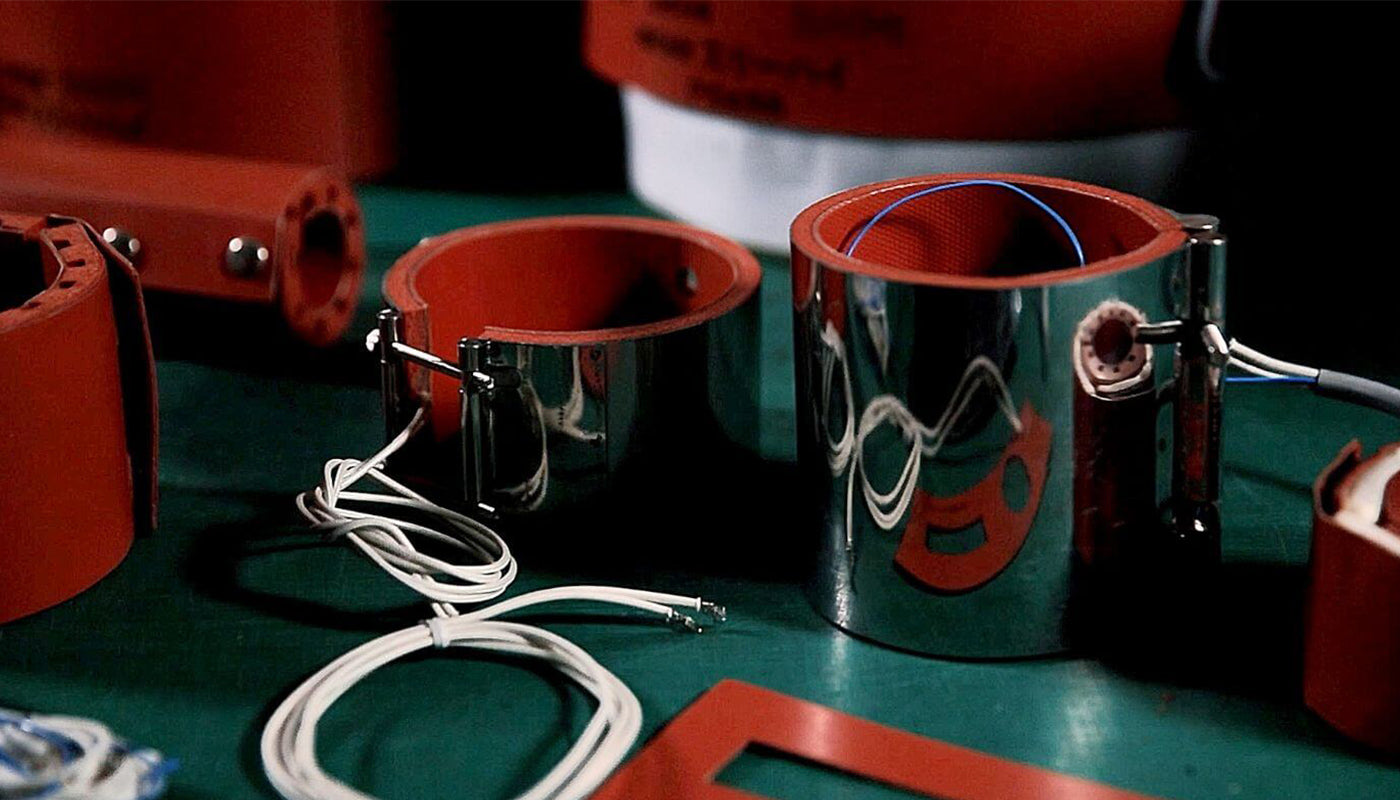
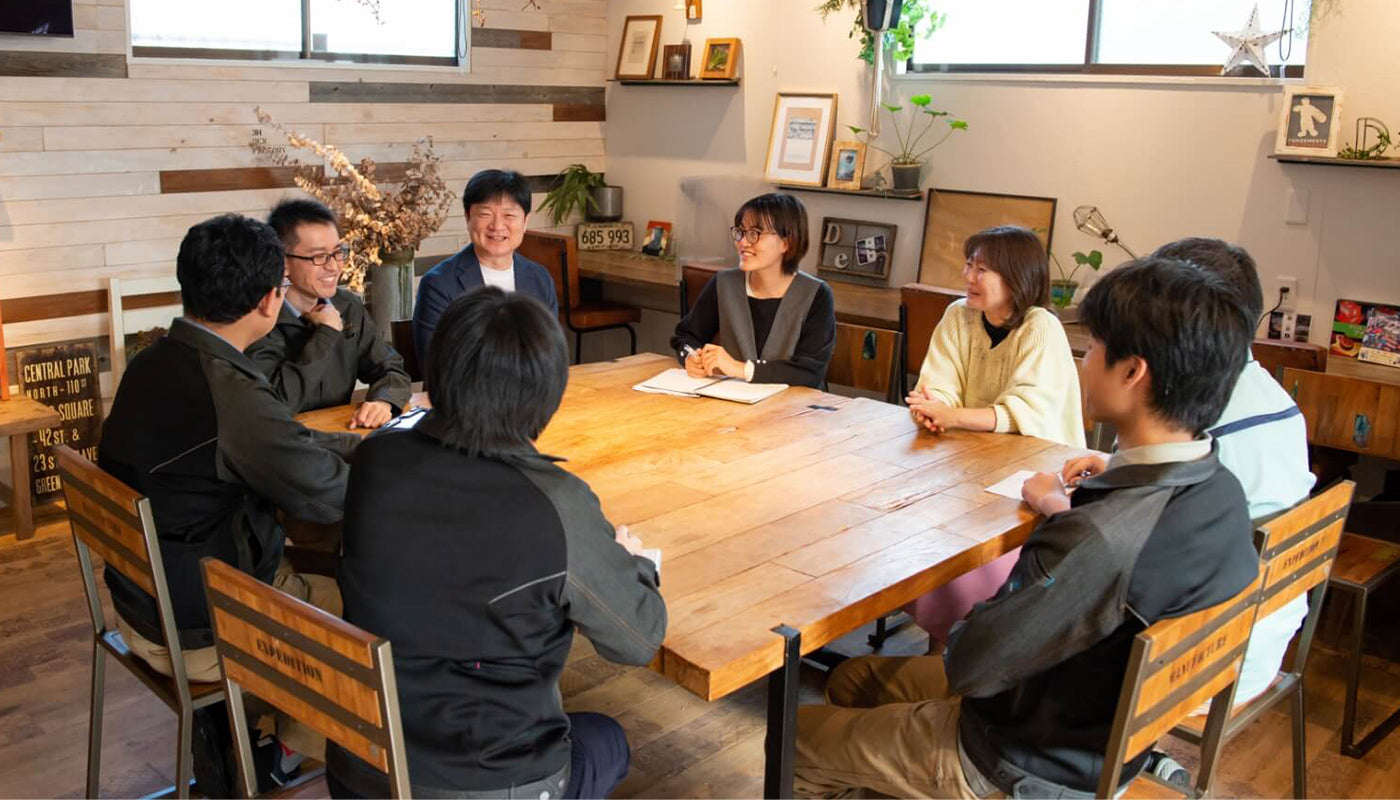

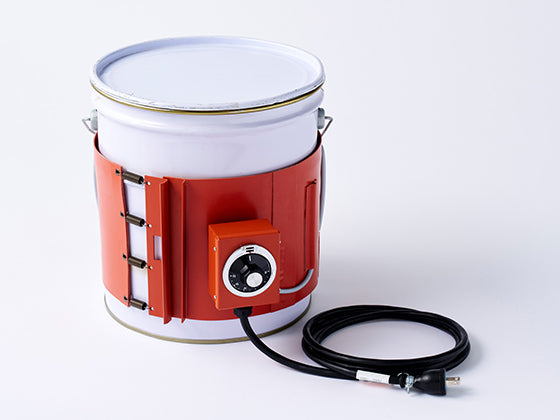
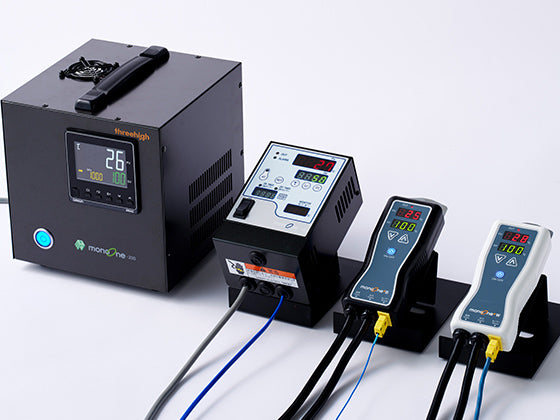
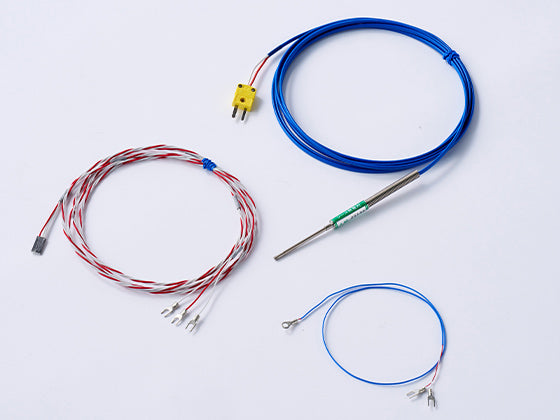
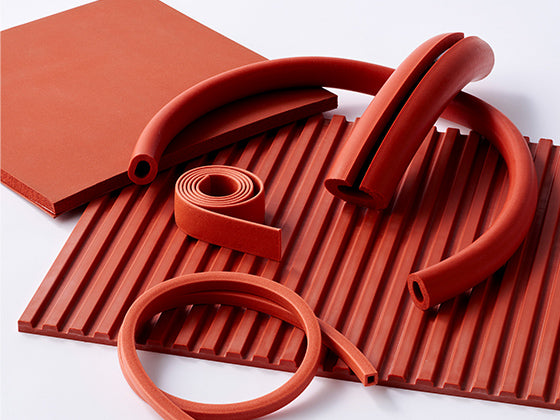
![No more hesitation! How to choose an electric heater for industrial containers Part II [Bottom heating]](http://store.threehigh.com/cdn/shop/articles/choice_for_heaters_part2_0.png?v=1661486295&width=1500)

